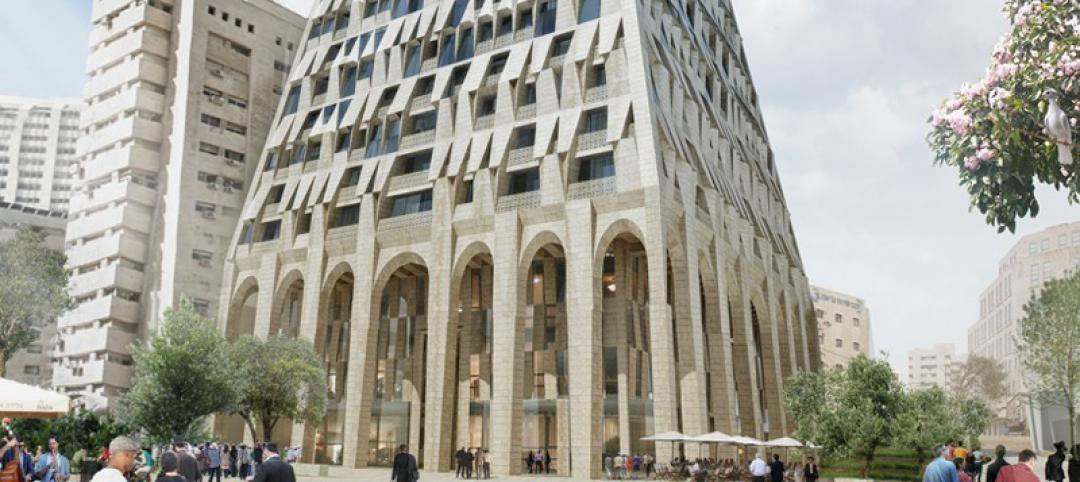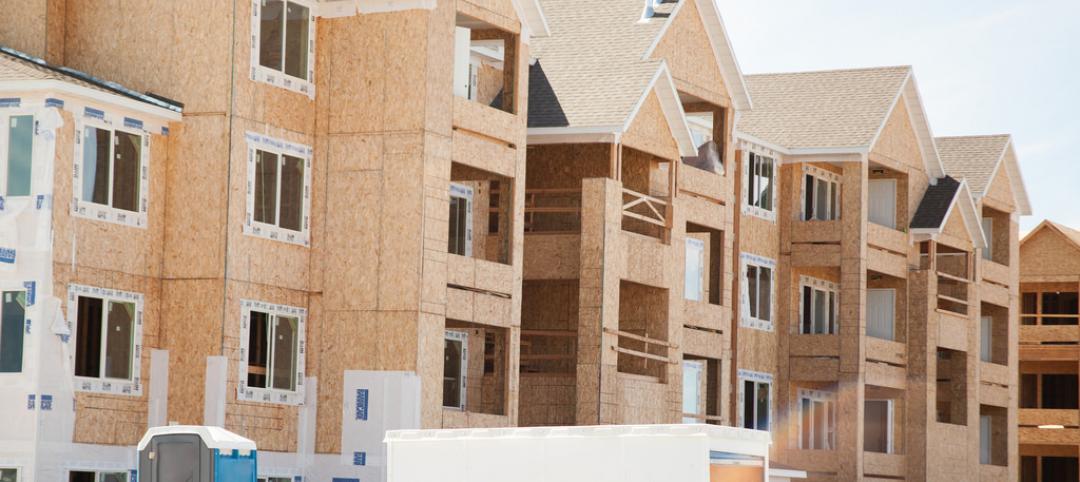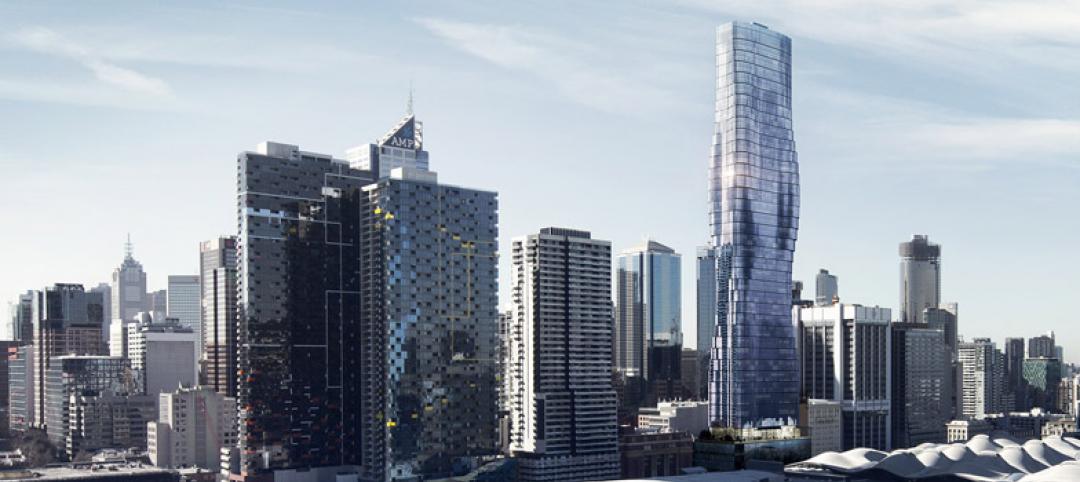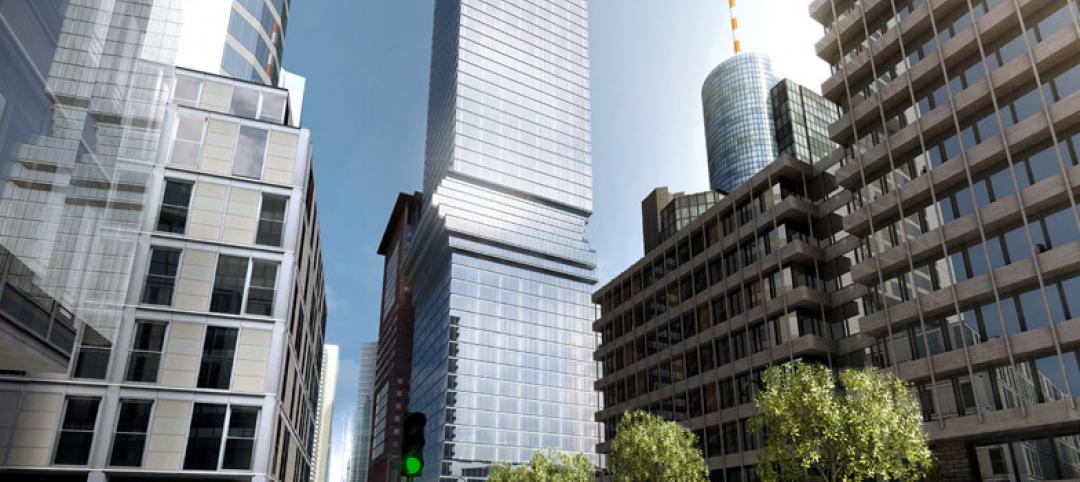Why did you refuse that?” George Costanza asks Jerry in a 1996 episode of “Seinfeld.” “Everybody loves a package.”
That might have been true back then, when Amazon was a mere online bookstore and receiving a package hadn’t become part of the daily routine. Today, anyone managing a decent-sized apartment or condo community may find the onslaught of packages overwhelming. With residents able to get delivery of anything from a pack of gum, to a $600 iPhone, to the refrigerated ingredients for that night’s dinner, multifamily complexes are awash in a swirling tide of cardboard boxes and plastic bags.
“The exponential growth of Amazon and other package delivery services has had a profound impact on the design of today’s multifamily communities,” says Rohit Anand, AIA, NCARB, Principal, KTGY Architecture + Planning. “Everything from groceries, to dry cleaning, to traditional online purchases is being delivered on a daily basis, leaving it up to property managers to determine how best to distribute them to residents.” In some cases, says Anand, residents expect around-the-clock access to their packages due to their busy schedules.
The solution: dedicated package delivery centers. Such facilities have been around for the last decade or so in some multifamily communities, but have grown in number and sophistication as the flood of packages has risen, and as residents’ reliance on them has gone up exponentially. Apartment managers and condominium associations also have to be concerned about legal liabilities associated with lost or damaged packages, and the mounting cost of staff hours devoted to accept and deliver packages.
DEFINING THE PACKAGE CENTER
A package center is a dedicated, secure space for delivered packages to be stored until residents can pick them up (or, in some cases, have them delivered directly to their units). Some centers take the form of a traditional mailroom, staffed with personnel to retrieve and manage packages for residents. But employing enough staff to allow residents 24/7 access to their packages can become difficult and expensive, so package delivery centers are automating.
Automated systems, such as those provided by Package Concierge or Parcel Pending, store packages in secure lockers. When a courier delivers a package, he/she will follow the integrated touchscreen’s prompts to enter the recipient’s name and select an appropriately sized locker. A locker will then open and the package can be placed inside.
Once the locker door is closed, a text message is sent automatically to the recipient alerting the person of the package’s arrival and providing a unique PIN. To get the package, the resident need only enter the PIN and the locker door will automatically open. Residents can access their packages any time, day or night.
 The Palisades at Sierra del Oro, Corona, Calif., developed by MBK Rental Living, uses an automated center to give residents 24/7 access to deliveries. Photo: MBK Rental Living
The Palisades at Sierra del Oro, Corona, Calif., developed by MBK Rental Living, uses an automated center to give residents 24/7 access to deliveries. Photo: MBK Rental Living
Due to the ever-increasing volume of deliveries, package centers are getting bigger and bigger. “Prior to the recession, we would allocate about one square foot of wall area per unit when designing a package room,” says Anand. “We later doubled that number to two square feet, and now are finding that we need to set aside three square feet per unit in some of the newest residential communities.”
Kass Management offers a service called Doorman, where packages are collected at an off-site location until residents can arrange for pickup. “We wanted a solution that addressed the need, yet was still economical,” says Kass’s Mark Durakovic, Principal.
Steven Fifield, President of Fifield Companies, says his company is even coordinating deliveries of “lifestyle-service” providers—Pilates instructors, dog groomers, personal chefs—who perform in-home services for apartment and condo dwellers.
Then there’s the proliferation of food-delivery services like Peapod and Blue Apron. To keep food from spoiling, package centers are starting to incorporate refrigerated rooms or lockers. RMK Management Corp. is retrofitting some properties with coolers and installing refrigeration rooms in new developments. “Refrigeration was virtually nonexistent before the recession,” Anand says. “Today, it is offered in approximately 10% of new residential communities.”
IT’S A COMMUNITY AFFAIR
Many rental and condominium communities integrate package centers into high-traffic areas. Not only does this make it easier for couriers to find the center and deliver packages, it also makes receiving a package a neighborly event.
If planned and designed appropriately, package centers can strengthen community ties among residents. The inclusion of communal tables and recycling bins gives residents the option to open their packages immediately while socializing with their neighbors. “Ultimately, it’s about the resident experience,” says Anand. “As designers, how can we create a community where serendipitous encounters lead to long-lasting relationships among residents?”
What about drone deliveries? Now that Amazon Prime Air and others are toying with the idea, figuring how best to integrate drone deliveries with package centers may prove to be a bit of a head-scratcher for designers. “Drones and packaging centers will need to be compatible,” says Rick Fletcher, Vice President of Sales & Marketing, MBK Homes.
But large-scale package delivery via drones does not appear to be imminent. There are plenty of logistical and regulatory hurdles Amazon and its online siblings will have to overcome before the skies will be filled with the sonorous buzz of package-laden drones.
 With the Package Concierge touchscreen at Village Plaza, Chapel Hill, N.C., designed by KTGY Architecture, the tenant follows the touchscreen prompts, enters a PIN, and the correct locker automatically opens. Photo: courtesy KTGY Architecture
With the Package Concierge touchscreen at Village Plaza, Chapel Hill, N.C., designed by KTGY Architecture, the tenant follows the touchscreen prompts, enters a PIN, and the correct locker automatically opens. Photo: courtesy KTGY Architecture
Related Stories
High-rise Construction | Jul 29, 2015
Jerusalem to get a high-rise pyramid by Daniel Libeskind
Are pyramids making a comeback? The city of Paris recently approved a triangle-shaped building that stirred controversy from residents. Now, the city of Jerusalem gave Libeskind's pyramid tower the go-ahead.
Contractors | Jul 29, 2015
Consensus Construction Forecast: Double-digit growth expected for commercial sector in 2015, 2016
Despite the adverse weather conditions that curtailed design and construction activity in the first quarter of the year, the overall construction market has performed extremely well to date, according to AIA's latest Consensus Construction Forecast.
High-rise Construction | Jul 28, 2015
Work begins on KPF's 'flared silhouette' tower in Manhattan
The 62-story, 157-unit luxury condo tower widens at the 40th floor, resulting in a gently flared silhouette, accented by a sculpted crown.
Multifamily Housing | Jul 27, 2015
Miami developers are designing luxury housing to cater to out-of-town buyers and renters
The Miami Herald reports on several new multifamily projects, including the Paramount Miami Worldcenter, whose homes include maid’s rooms, larger terraces, boutique-size closets, and guest suites.
Multifamily Housing | Jul 20, 2015
At an 18-year high, multifamily construction continues to drive housing sector
Predictions that multifamily housing construction would taper off in 2015 may have underestimated the ongoing demand for this kind of housing, the vast majority of which is being marketed as rentals.
Multifamily Housing | Jul 16, 2015
Minneapolis relaxes parking requirements on new multifamily buildings
The city cut the number of spots required for large developments by half. It also will accept plans with no parking spaces in certain cases.
Codes and Standards | Jul 16, 2015
Berkeley, Calif., adopts balcony inspection program following deadly collapse
Apartment building balconies will be subject to inspections every three years under new regulations adopted following a deadly collapse.
Multifamily Housing | Jul 9, 2015
Melbourne approves Beyoncé inspired skyscraper
The bootylicious tower is composed of 660 apartments and a 160-room hotel at the west end of Melbourne's business district.
Codes and Standards | Jul 8, 2015
California Supreme Court upholds affordable housing requirements
Court cites affordable housing crisis of ‘epic proportions.’
High-rise Construction | Jul 7, 2015
Bjarke Ingels designs Frankfurt skyscraper with a surprise in the middle
Several levels in the center of the 185-meter tower are shifted outward to allow for terraces with city views.

















